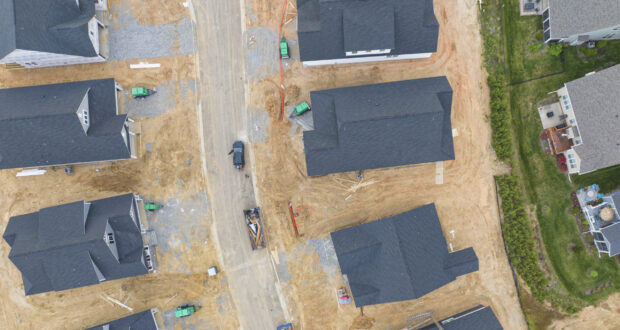The aged care sector will need $72b over the next seven years, a Grant Thornton report has found, and the majority of funding will need to shift from the public to private sector.
The Royal Commission into Aged Care Quality and Safety found the number of Australians aged 85 and over will increase from 515,700 in 2018/19 to over 1.5m in 2050.
The Grant Thornton report says our increasing population means the aged care sector will require much more attention than other industries in terms of funding.
National head of health and aged care at Grant Thornton Darrell Price said the $72b will specifically fund the construction costs in developing and refurbishing residential care facilities.
"In order to fund this estimated $72b, capital will primarily have to found by the for-profit and private sectors, which is a shift from the current not-for-profit sector majority funding," he said.
To achieve this, Mr Price said the aged care industry needs a rebrand to make itself more attractive to investors, who are currently funding industries with more lucrative labour and investment returns.
"A fresh look at the model of investment for the sector is required to ensure the rapidly rising demand can be met, and there is sufficient incentive for investors to invest in providers and for providers to invest in replenishment and replacement of older stock," he said.
"In other words, the optimal capital required to be deployed across the sector to improve services for consumers is optimised."
Aged care's investment model is currently 11 per cent government funded, 56 per cent not-for-profit providers with little access to traditional investment sources, and 33 per cent for-profit providers.
The healthcare sector and its aged care providers are underperforming in investments compared to other sectors, the report found, with its ASX listing declining 6.09 points in the 12 months to September 2023.
Grant Thornton said the industry isn't receiving much investment from private sources because of its 'low returns, high and variable regulation, regulated revenues and access to workforce.'
A 50 per cent increase in demand will be seen by 2031, with $40.25b needed from 2024 to 2030 to support construction costs, which have increased 30 per cent since 2021.
Do you have an idea for a story?Email [email protected]
 Aged Care Insite Australia's number one aged care news source
Aged Care Insite Australia's number one aged care news source

